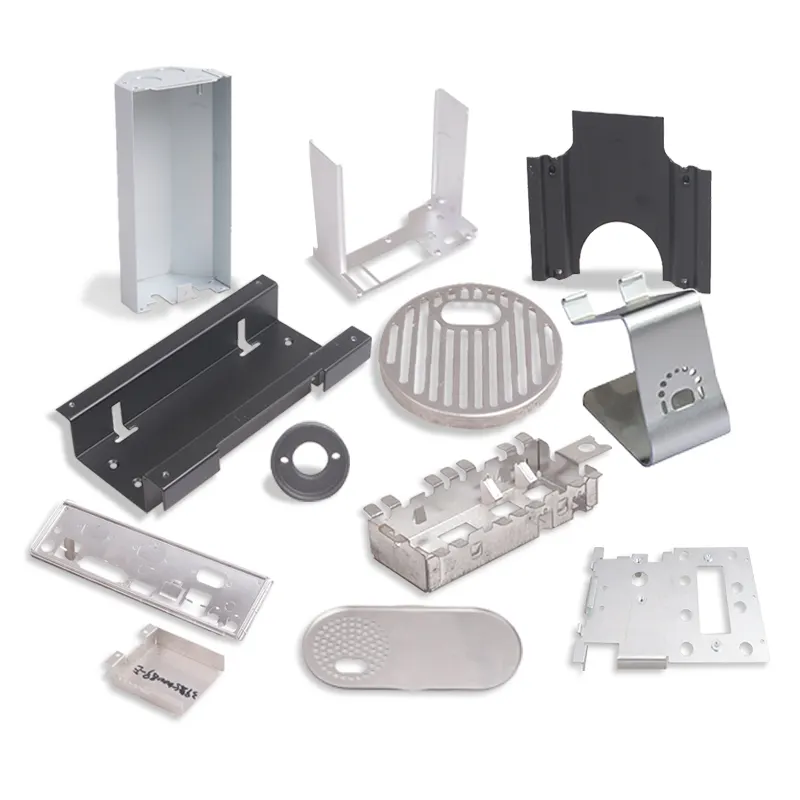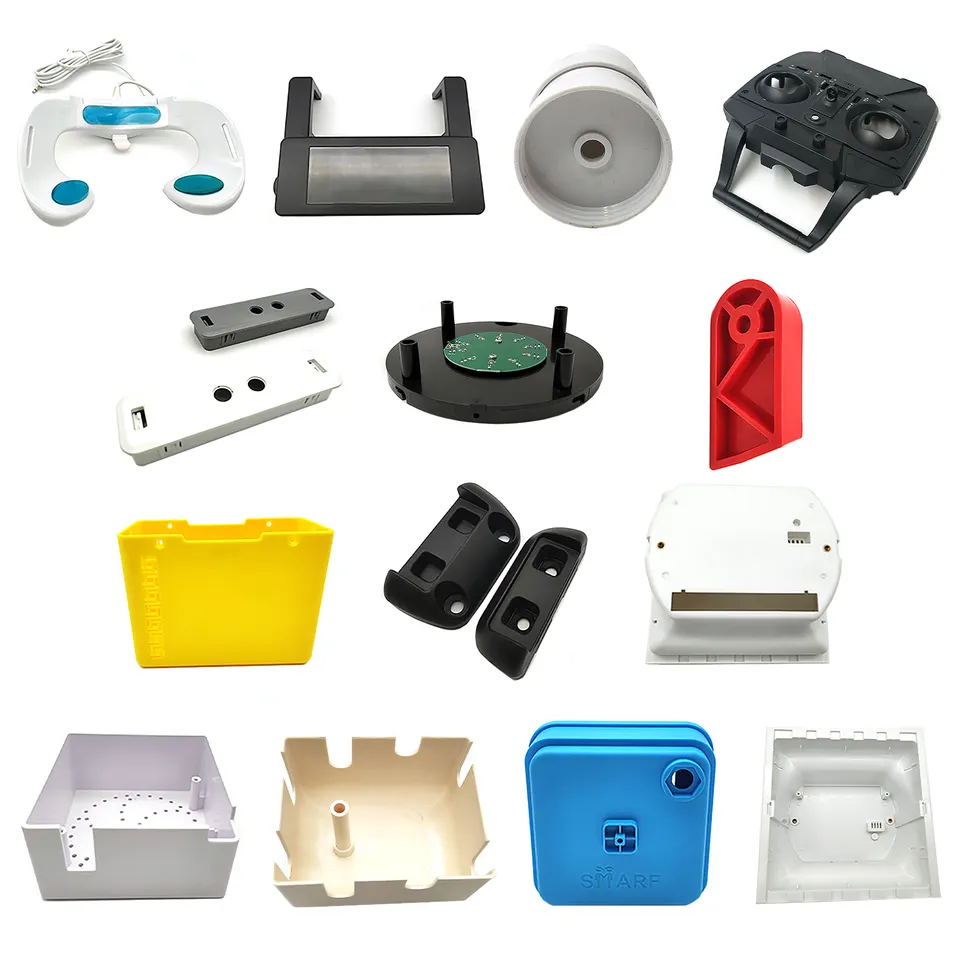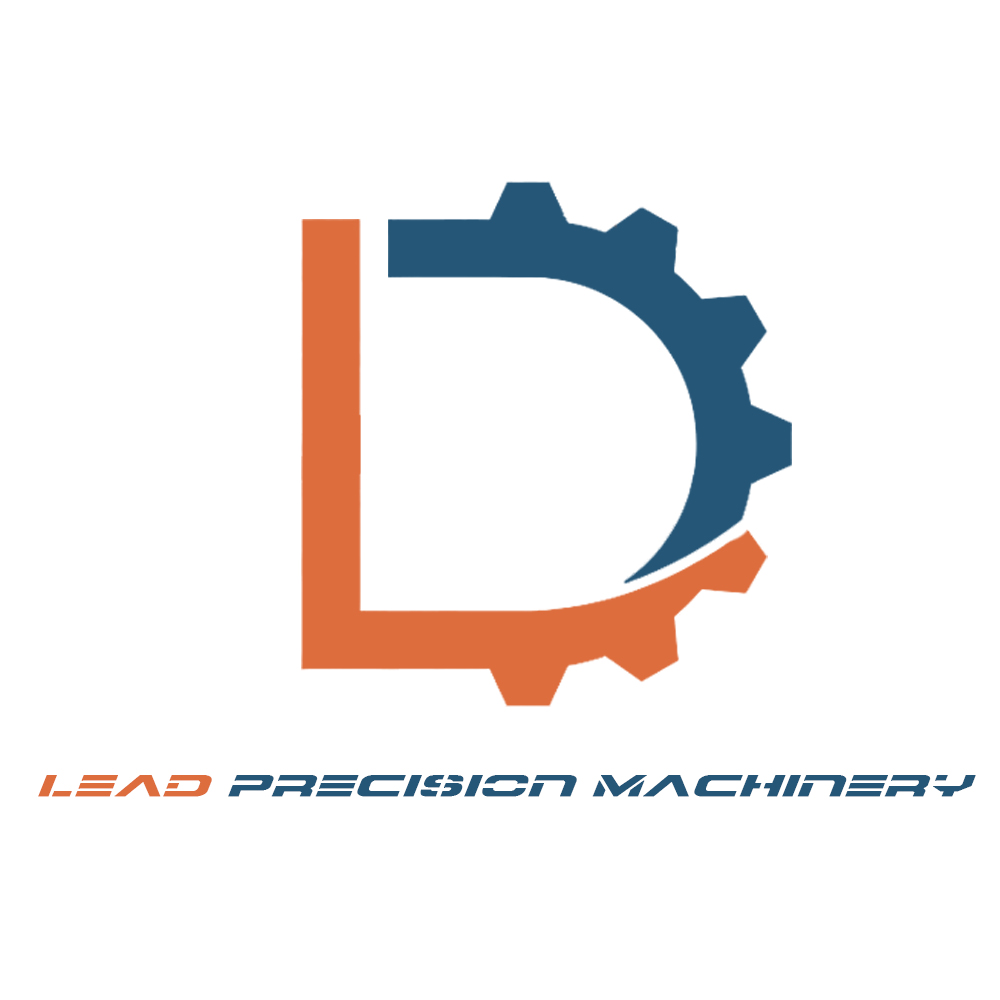Manufacturing industries are always on the lookout for efficient and cost-effective methods to produce parts. Two of the most popular methods are CNC machining and Custom Plastic Injection Molding. While both have their unique advantages, they cater to different needs and applications.
| Aspect | CNC Machining | Custom Plastic Injection Molding |
|---|---|---|
| Principle | Material removal using computer-controlled tools | Molding molten plastic into a predefined shape |
| Common Materials | Metals, Plastics, Woods | Various Plastics (ABS, PP, PE, PC, etc.) |
| Common Products | Mechanical parts, Aerospace components, Prototypes | Household appliance casings, Plastic toys, Automotive plastic parts |
| Production Volume | Suitable for low to medium volumes | Best for high-volume production |
| Complexity | Can produce highly complex parts | Complexity limited by mold design |
| Precision | High precision and tight tolerances | Good precision, dependent on mold quality |
| Production Speed | Slower for individual parts | Fast once mold is prepared |
| Cost | Higher for large volumes | Economical for large volumes due to mold reuse |
CNC Machining is a subtractive manufacturing process where material is removed from a workpiece using computer-controlled tools. It’s known for its precision and ability to produce highly complex parts. Whether it’s metals, plastics, or woods, CNC machining can handle a variety of materials. This method is particularly favored for prototypes and low to medium volume production due to its flexibility. However, for large volumes, the cost can become prohibitive.

Custom Plastic Injection Molding is an additive process where molten plastic is injected into a mold to produce parts. The primary advantage of this method is its suitability for high-volume production. Once the mold is prepared, thousands or even millions of identical parts can be produced at a relatively low cost. The range of products varies from household appliances to automotive parts. However, the initial cost of mold preparation can be high, making it less suitable for low-volume production.

While CNC machining offers unparalleled flexibility and precision, especially for complex designs and prototypes, plastic injection molding is the go-to method for large-scale production of plastic parts. Manufacturers must weigh the pros and cons of each method based on their specific needs, budget, and production volume.
FAQ: Comparing CNC Machining and Custom Plastic Injection Molding
1. What is the primary difference between CNC machining and Custom Plastic Injection Molding?
CNC machining is a subtractive process where material is removed from a workpiece using computer-controlled tools. In contrast, Custom Plastic Injection Molding is an additive process where molten plastic is injected into a mold to produce parts.
2. Which method is more suitable for high-volume production?
Custom Plastic Injection Molding is more suitable for high-volume production due to its ability to produce large quantities of parts quickly once the mold is prepared.
3. Can CNC machining handle materials other than metals?
Yes, CNC machining can handle a variety of materials, including metals, plastics, and woods.
4. Is the initial cost of setting up Custom Plastic Injection Molding high?
Yes, the initial cost, especially for mold preparation, can be high in Custom Plastic Injection Molding. However, this cost is often offset by the low per-unit cost when producing parts in large volumes.
5. Which method offers higher precision?
Both methods offer good precision. CNC machining is known for its high precision and tight tolerances, especially for complex parts. Plastic Injection Molding’s precision is dependent on the quality of the mold used.
6. Are there any limitations to the complexity of parts produced by Custom Plastic Injection Molding?
Yes, the complexity of parts produced by Custom Plastic Injection Molding is limited by the design and quality of the mold.
7. Is CNC machining suitable for prototype production?
Yes, CNC machining is particularly favored for prototype production due to its flexibility and ability to produce highly detailed and complex parts in low volumes.
8. Which method is more cost-effective for large-scale production?
Custom Plastic Injection Molding is generally more cost-effective for large-scale production due to the ability to reuse molds and produce parts at a faster rate.
9. Can both methods handle complex part designs?
Yes, both methods can handle complex designs. CNC machining can produce highly intricate parts directly, while Custom Plastic Injection Molding requires a well-designed mold to produce complex parts.
10. How do I choose between CNC machining and Custom Plastic Injection Molding for my project?
Consider factors like the volume of production, material choice, part complexity, budget, and lead time. For prototypes or low to medium volumes with high complexity, CNC machining might be preferable. For high-volume production of plastic parts, Custom Plastic Injection Molding is often the better choice.

